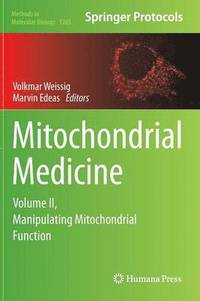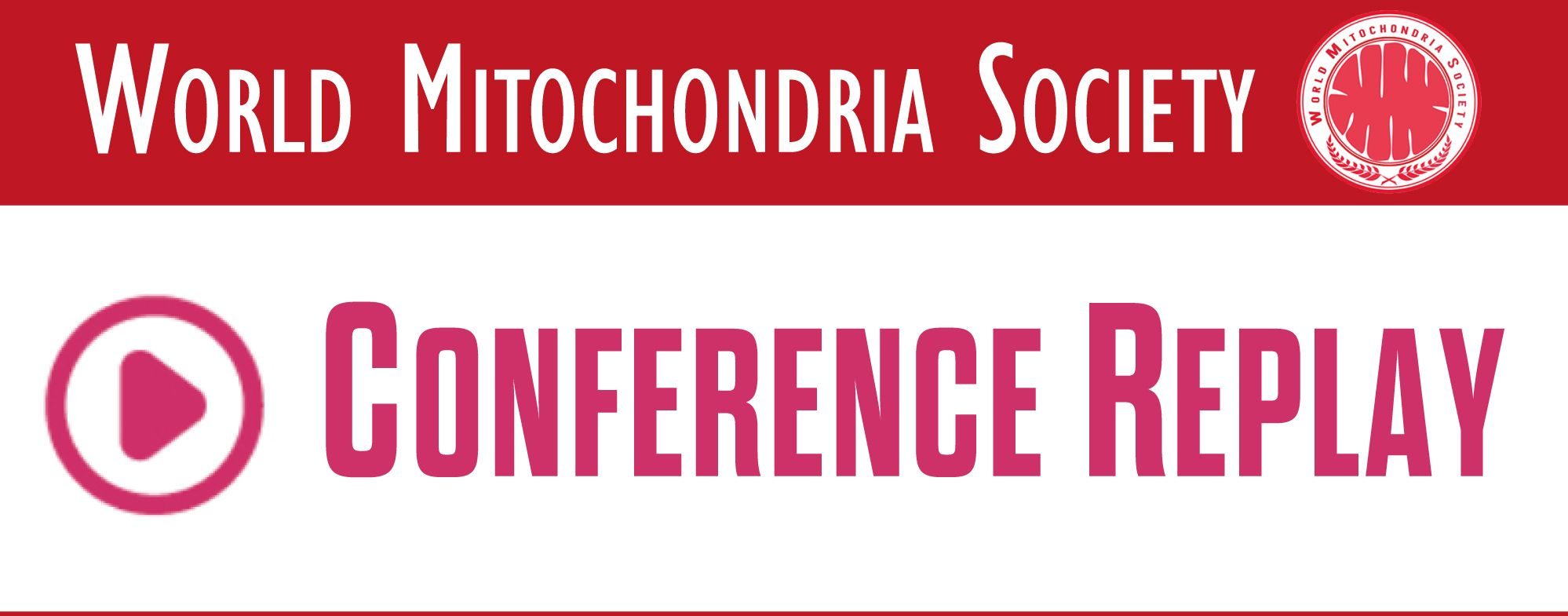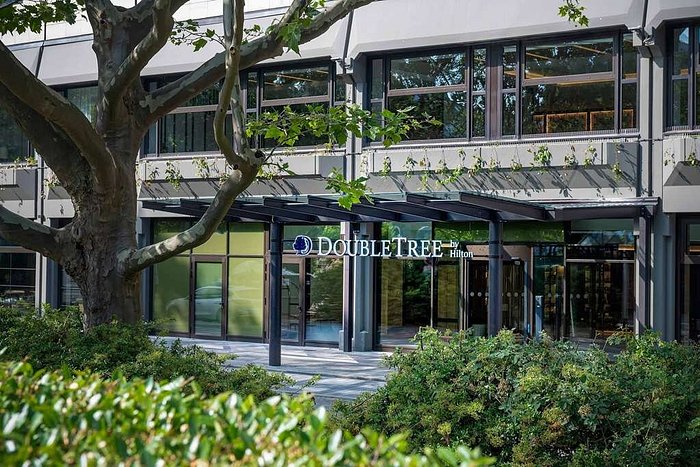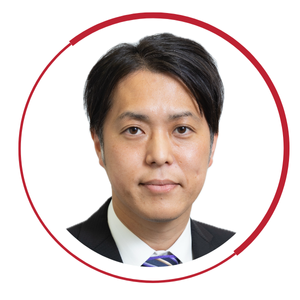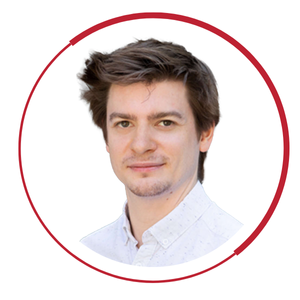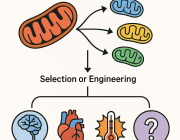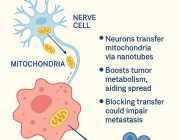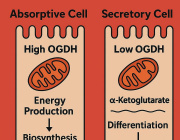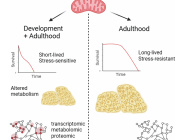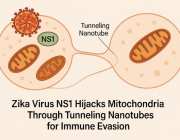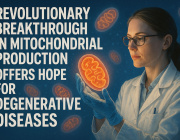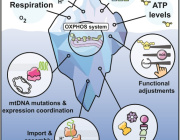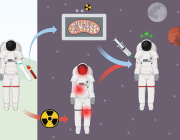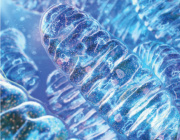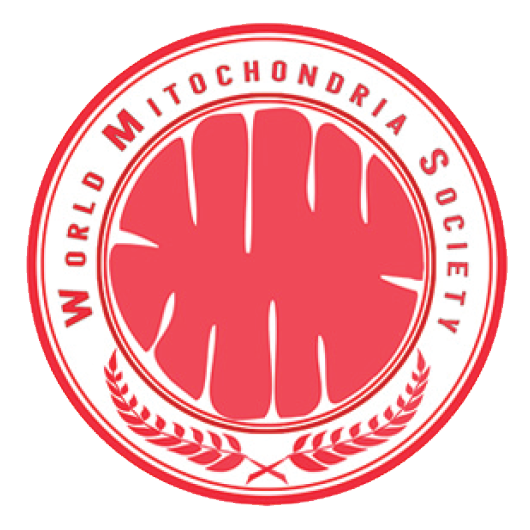Joomla! provides plenty of flexibility when displaying your Web content. Whether you are using Joomla! for a blog site, news or a Web site for a company, you'll find one or more content styles to showcase your information. You can also change the style of content dynamically depending on your preferences. Joomla! calls how a page is laid out a layout. Use the guide below to understand which layouts are available and how you might use them.
MitoSense is Supporting Targeting Mitochondria 2024

MitoSense will be sponsoring the 15th WMS Annual Meeting, Targeting Mitochondria 2024, on October 29-31 at DoubleTree by Hilton Berlin Ku'damm, Berlin, Germany.
About MitoSense
MitoSense, Inc. is a research and development company in the field of securing development of treatments for neurodegenerative diseases. With exclusively licensed technology to replenish the mitochondria in humans using Mitochondria Organelle Transplantation (MOT™️), the company, through its U.S. based research partner is initially focusing its efforts on treating ALS. MOT™️ may impact research for patients with Alzheimer’s, Parkinson’s, Huntington’s and other neurodegenerative diseases, none of which have a cure.
What do they do?
MitoSense uses a proprietary (patent pending) technique to replenish mitochondria to treat ALS. The technique has the potential to treat a wide range of indications including Alzheimer’s, Parkinson’s, Huntington’s, Multiple Sclerosis and other neurodegenerative diseases. With experienced leadership in business, government, research, and medical, we have brought together a multidisciplinary team to help in the fight.
Talk at Targeting Mitochondria 2024:
 Dr. Mark Kindy, U.S. Department of Veterans Affairs James A. Haley VA Hospital and University of South Florida will be presenting a major talk during the meeting in Berlin: "Mitochondrial Transplantation Mediates Improved Cellular Energy Metabolism, Restoration of Mitochondrial Function and Prevention of Cell Death". His team at the VA is collaborating with MitoSense.
Dr. Mark Kindy, U.S. Department of Veterans Affairs James A. Haley VA Hospital and University of South Florida will be presenting a major talk during the meeting in Berlin: "Mitochondrial Transplantation Mediates Improved Cellular Energy Metabolism, Restoration of Mitochondrial Function and Prevention of Cell Death". His team at the VA is collaborating with MitoSense.
In his talk Dr. Kindy will cover:
- Isolation and characterization of mitochondria
- Application of mitochondrial transplantation
- Reversal of cellular dysfunction
- Restoration of energy metabolism
MitoSense Website:
MitoSense is collaborating with Dr. Kindy.
Speakers 2024
Targeting Mitochondria 2023 Replay & Abstracts Book are Available
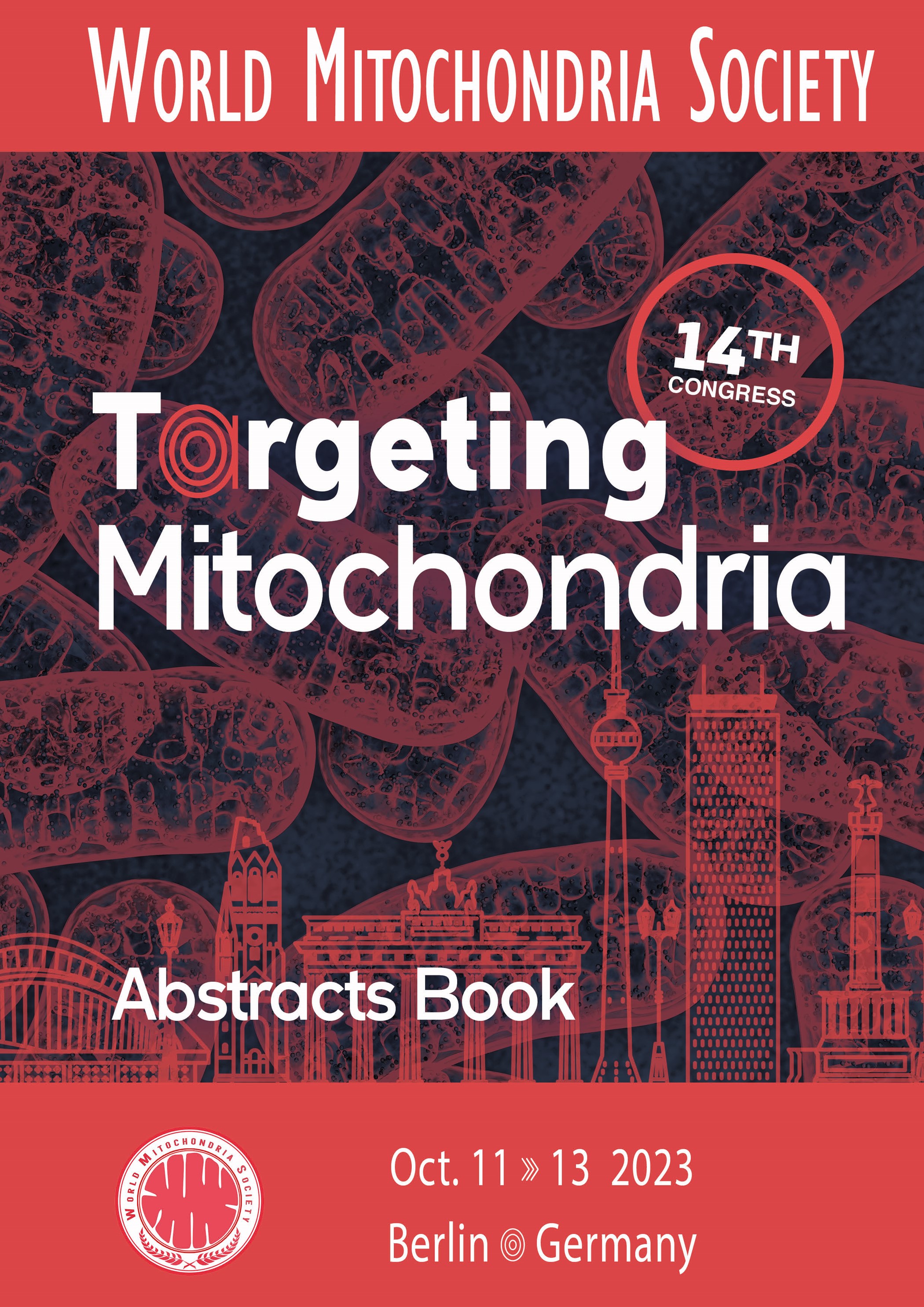 Targeting Mitochondria 2023 abstract book is now available. It compiles all 82+ communications along with speaker details and emails for direct connections. Order Abstracts Book.
Targeting Mitochondria 2023 abstract book is now available. It compiles all 82+ communications along with speaker details and emails for direct connections. Order Abstracts Book.
On-demand content make it easier for you to access the presentations at your convenience. Targeting Mitochondria 2023 replay will be available after the conference. Order 3-weeks Replay Access.
More Articles...
- Exploring Mitochondrial Oscillation and Resonance: Impact on ATP Production and Distribution in Health and Diseases
- Pharmaceutical & Non-Pharmaceutical Mitochondria-Based Innovations will be discussed during Targeting Mitochondria 2023
- WMS 2023 Workshop: Evaluation of Mitochondria Function, Dysfunction, and Activities
- "Comment Evaluer l'Activité Mitochondriale ?" - Formation 2024
































